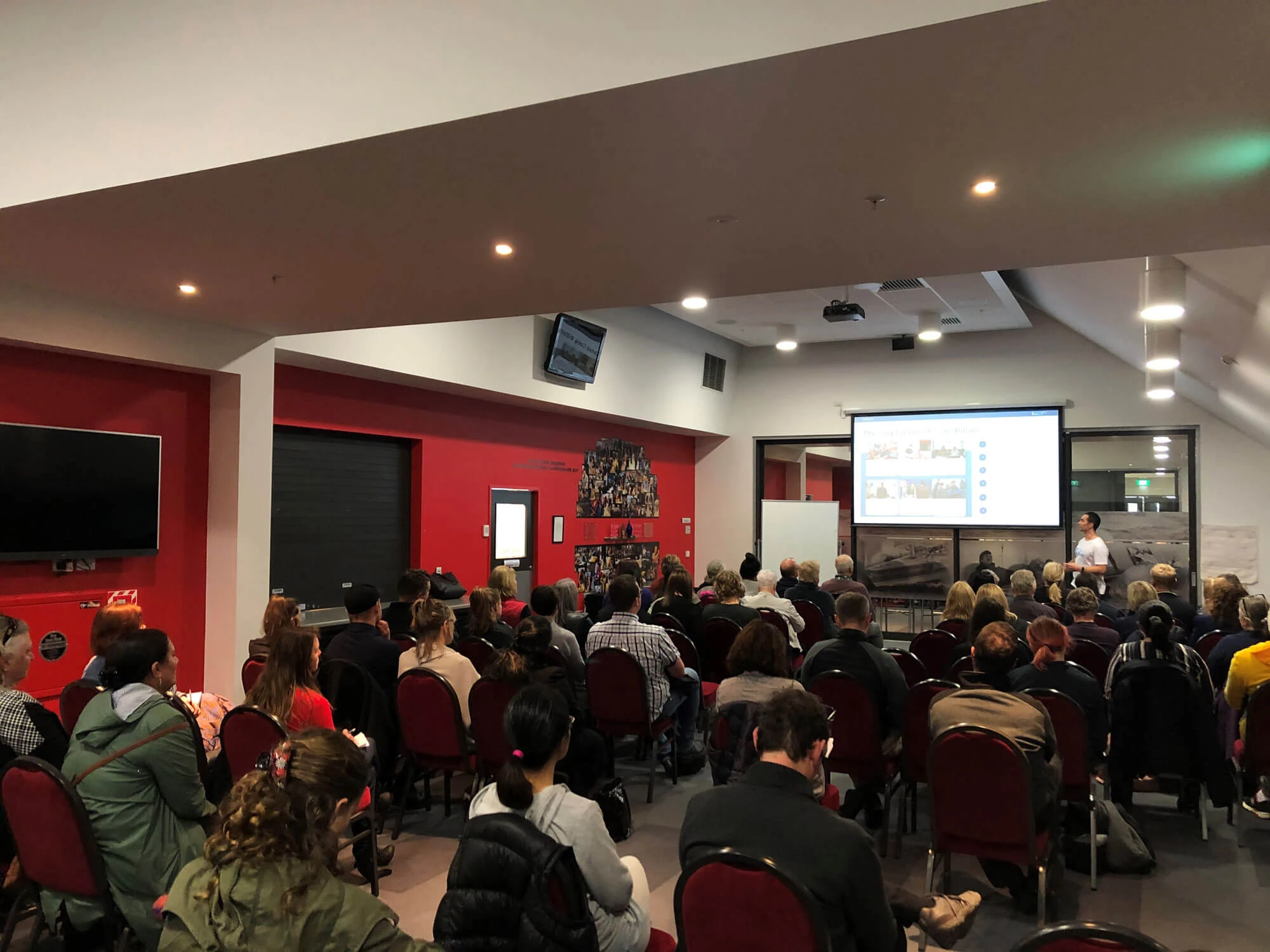Southland performing ahead of expectations despite challenges of COVID-19
15 Mar 2021
A new report reveals a positive outlook for Southland post Covid, with a population increase predicted and a full economic recovery likely by 2025.
The just released Southland Region post-COVID Scenario Analysis Report was commissioned by Great South from economics consultants Infometrics to build on the baseline COVID impact report prepared in mid-2020.
Great South chief executive Graham Budd said while initially the economic outlook was pessimistic, the report showed that during last year’s level three lockdown, Southland was less impacted overall than the rest of New Zealand, with key industries and the primary sector able to continue operating.
“In that sense, what the report shows is heartening.”
However, the impact of a lack of international travellers on the tourism and hospitality sector had to be acknowledged, Mr Budd said.
“An increase in domestic tourism has helped, but in areas like Te Anau and Fiordland that have traditionally relied heavily on international visitors, the impact is severe.”
Along with the impact on tourism, which is expected to suffer for some time, there would be other challenges ahead for the region, with the report noting labour and skills shortages, and a housing shortage as barriers to full recovery and growth.
The report outlines three recovery scenarios. At worst case, Southland should be 70% back to normal by 2025 and in best-case it would be 100% back to normal economically.
“At this stage we’re seeing quite a strong recovery based on export commodity prices and construction, so I would think the 70% prediction will be well surpassed,” Mr Budd said.
The report also predicts Southland’s population will increase to between 108,800 and 111,300, up from the pre-COVID population figure of 102,600.
“Like the rest of New Zealand, we’re finding that a lot of Kiwis who were overseas when Covid hit are returning home. That’s great but attracting skilled migrants into the region will also be essential.”
The Report, which factors in the continued operation of the Tiwai Point aluminum smelter until late 2024, is designed to assist regional decision making and inform future strategies for Southland.
“In many ways it reinforces our collective focus on economic diversification, carbon emissions and options for alternative land use,” Mr Budd said.














